Dear WWII History:
My compliments on your fine article by John Wukovits in the November 2003 issue, “Heroic Fight Against Long Odds,” describing the last battle of the Australian light cruiser HMAS Perth and the American heavy cruiser USS Houston (CA 30). I nevertheless felt a responsibility to point out and correct a number of significant (and some trivial) factual errors. I do so out of a deep, almost lifelong, fascination and involvement with the career of USS Houston, which has included a dozen years in that remarkable ship’s superb Survivors Association. The history of this great fighting ship is still too little appreciated, as are far too many of the sacrifices made during the first hundred days of the war in the Pacific by America’s small, ill-equipped, and vastly outnumbered Asiatic Fleet. In this spirit I just wanted to offer the following corrections to your piece.
USS Houston (CA 30), light cruiser USS Marblehead, and others were attacked and bombed on Feb. 4, not Feb. 3, 1942, in the Flores Sea. Both vessels receiving serious damage indeed.
There were no Japanese aircraft carriers directly, or even remotely, involved in the actual Sunda Strait fight. The light carrier Ryujo was part of the Covering Forces, but as the battle occurred in the middle of the night, there can be no question of aircraft having been deliberately utilized in combat attacks, though it is possible that cruiser float planes were overhead. There has never been any evidence that Ryujo was anywhere near the melee off Banten Bay.
The destruction wrought upon USS Houston (CA 30) at 12:15am is generally believed now to have been a torpedo hit, not a shell salvo. The bulkheads between the after fire rooms and the forward engine room held, and according to surviving Assistant Engineering Officer Lieutenant Robert Fulton, his engine room was capable of full revolutions up until the end.
Fairly typical, and unusually stubborn, representations of the Sunda Strait battle depict both Allied cruisers steaming on a southerly route into the shallows of Banten Bay where they encountered and engaged a large number of Japanese transports caught in the act of unloading an invading army. This is a misconception easily rectified by a look at a map or chart of the bay itself. The waters in the southernmost end of Banten Bay are much too shallow for warships that size—both of which had drafts, in full load condition, of some 15-20 feet or more—to safely maneuver. This fact was verified to me personally by Rear Admiral Fulton in conversation in 1995. Neither cruiser transited the small passage between Java Proper and Pandjang Island. The Japanese ships disembarking the troops of Sentai 3, some 27 vessels, were disposed along the eastern side of the mainland jutting into the Java Sea there and which terminates at St. Nicholas Point. The fighting occurred north and northeast of this area, largely in the sea lane separating Pandjang Island and Babi Island, perhaps 15 kilometers to the northeast. From the dispositions of the Japanese covering forces in your map—which are largely accurate, although shown too far to the south—it should be quite clear that the anchored transports would have been vulnerable to “friendly fire” torpedo salvos (as well as the gunfire of the two Allied cruisers), and so they were.
There were 368 survivors from USS Houston (CA 30). What they faced after the horrendous combat in Sunda Strait would prove to be, in many ways, far worse. Some 79 U.S. sailors and Marines perished in the next 31/2 years as “guests” of the Imperial Japanese Empire—a mortality rate of approximately 22 percent. Of the 682 men who crewed HMAS Perth, only about 220 returned from captivity. Apart from losses suffered aboard the aircraft carrier USS Franklin in March 1945 due to kamikaze attacks, and the tragic sinking of the heavy cruiser USS Indianapolis at war’s end, no American fighting ship lost as many men in action while at sea in WWII as USS Houston.
I have repeatedly emphasized the American heavy cruiser’s hull number (CA30) in order to avoid confusion with the subsequent light cruiser of the same name. USS Houston was not a Cleveland-class cruiser as stated in the caption on page 53, but a Northampton-class ship; CL81, her descendant, was a member of the Cleveland series of light cruisers.
Thank you, WWII History, for publishing Mr. Wukovits’ article, for it calls to attention the gallantry and dedication of these two great fighting ships and their crews. I have always felt extraordinarily blessed to have been able to get to know many of the men who served aboard USS Houston, and would hope sincerely that their sacrifices are remembered and honored along with those HMAS Perth.
Donald M. Kehn, Jr.
USS Houston Survivors
Association/Next Generation
Houston, Texas
Dear WII History:
I very much enjoyed Kevin M. Hymel’s piece on the U.S. Army Jungle Training Center on Oahu in Hawaii during World War II, since I trained there myself as a member of the 25th Infantry Division (“Tropic Lightning”) a generation later. When I got there in the summer of 1965, the words “and Guerrilla Warfare” had been added before the word “Center.” Our training was far less vigorous than what Mr. Hymel describes, however, and mainly consisted of “playing” at being Americans and Viet Cong (I was the latter). We did train in mountain rappelling, however, which I never did. (I am afraid of heights—still.) I did march with my unit and 81mm mortar in one day from sea to shining sea across the width of Oahu. For those WWII buffs who visit the island, after you have seen the Arizona and the Punchbowl Cemetery, go to Schofield Barracks (if you are allowed to) and put your fingertips in the bullet holes left by the Japanese planes in the walls on December 7, 1941, as I did. You can also see from there a white cross high in the mountains where an enemy aircraft was shot down.
Blaine Taylor
Towson, Maryland
Gentlemen:
I enjoyed your story on Jackie Cochran in the November 2003 issue. I was working the flight line at Long Beach, Calif., Ferrying Division ATC in the spring of 1945. An “ATG” landed and I showed it where to park, cut the engine, put chocks by the wheels. I looked up and a woman was getting out of the cockpit. Being a gentleman, I helped her to the ground. She talked to me about 15 minutes—nice lady. She had “Cochran” on her flight suit, which at the time didn’t register. When I checked the Form 1A, she had written, “Relief tube used. Mother Nature no respecter of persons. Quite a chore and fly the plane also.”
Don Walker
Olean, New York
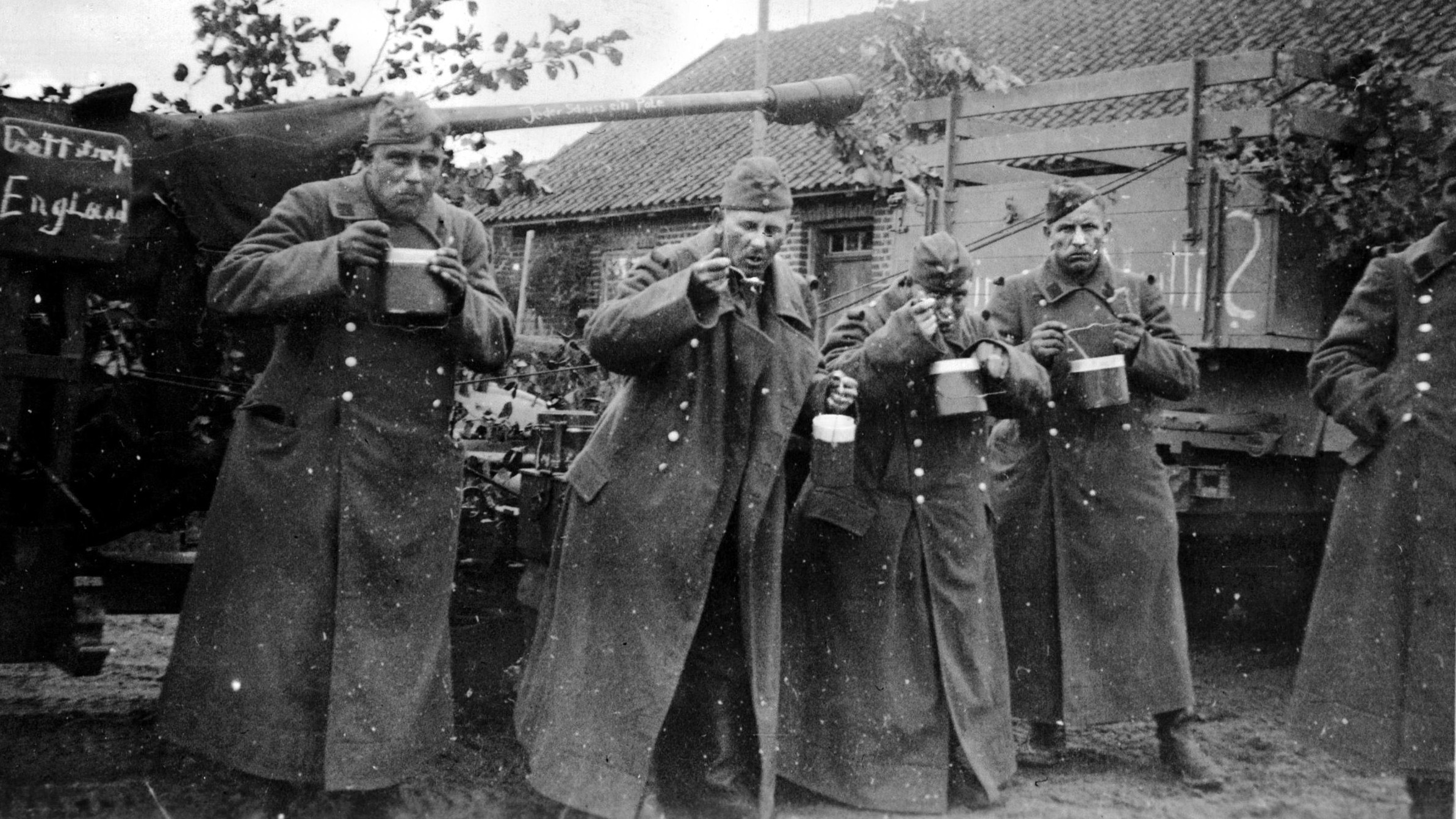
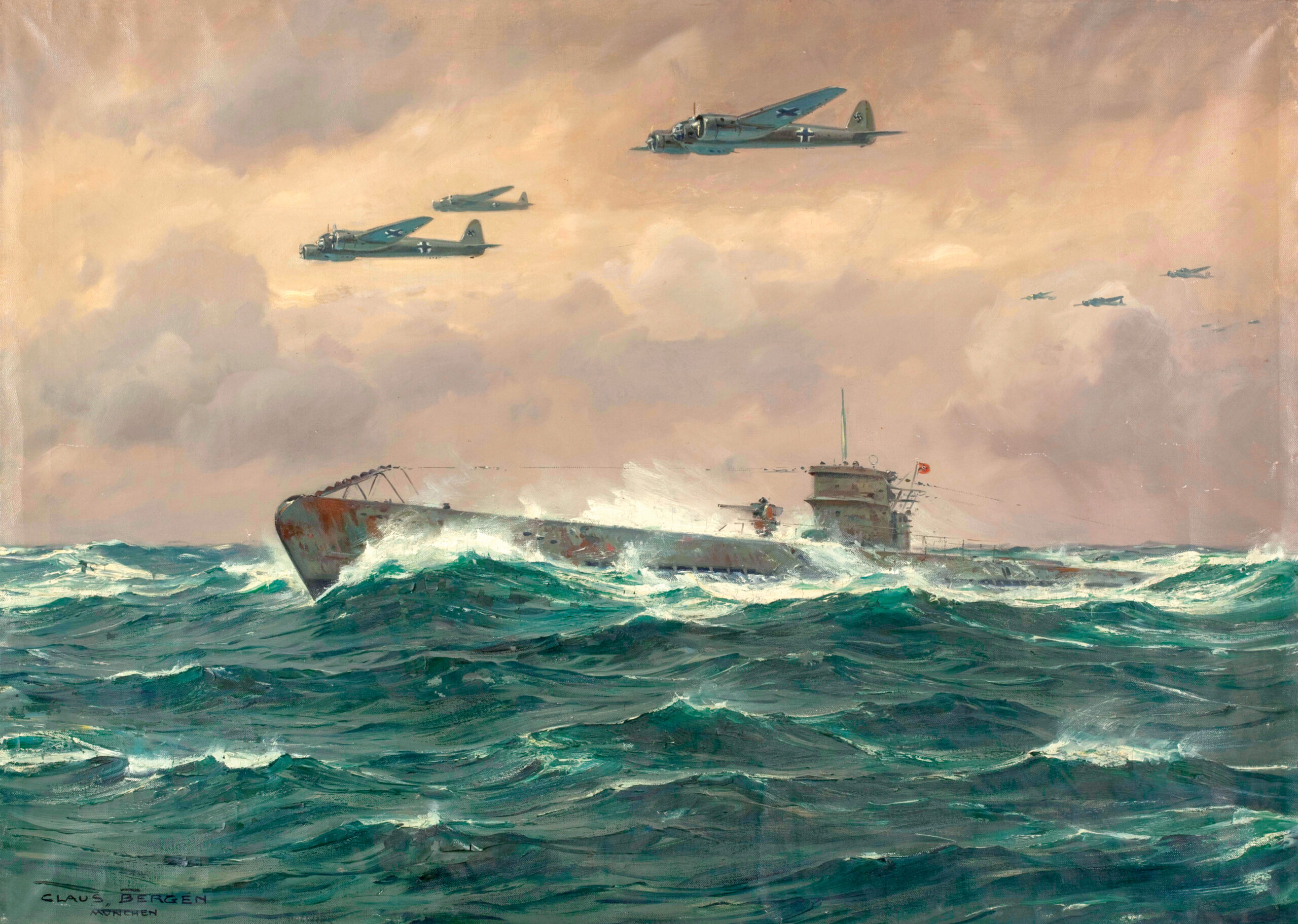
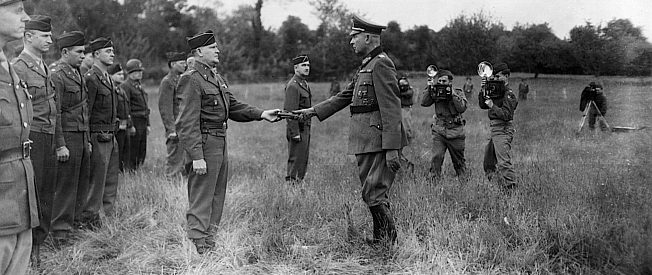
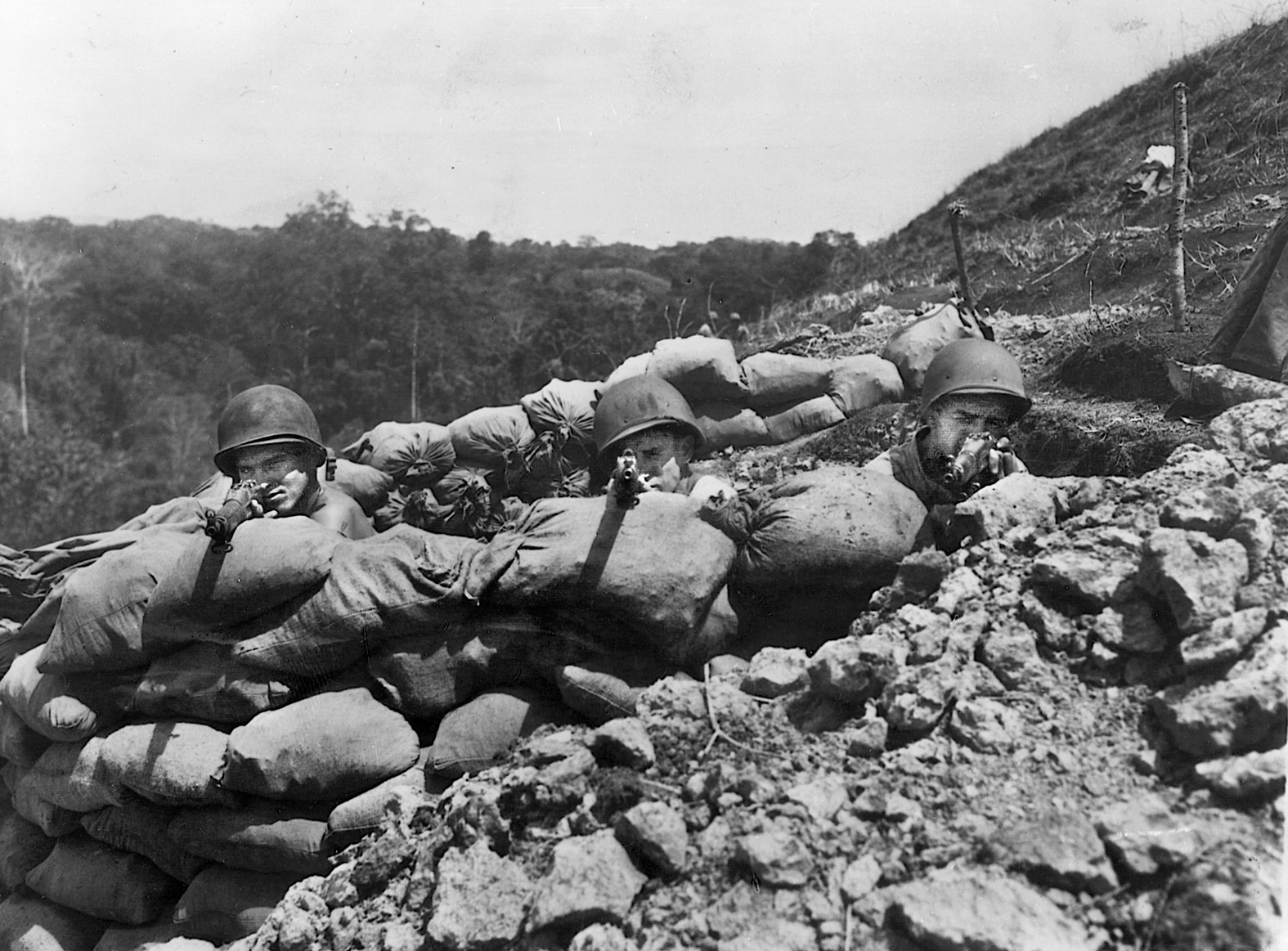
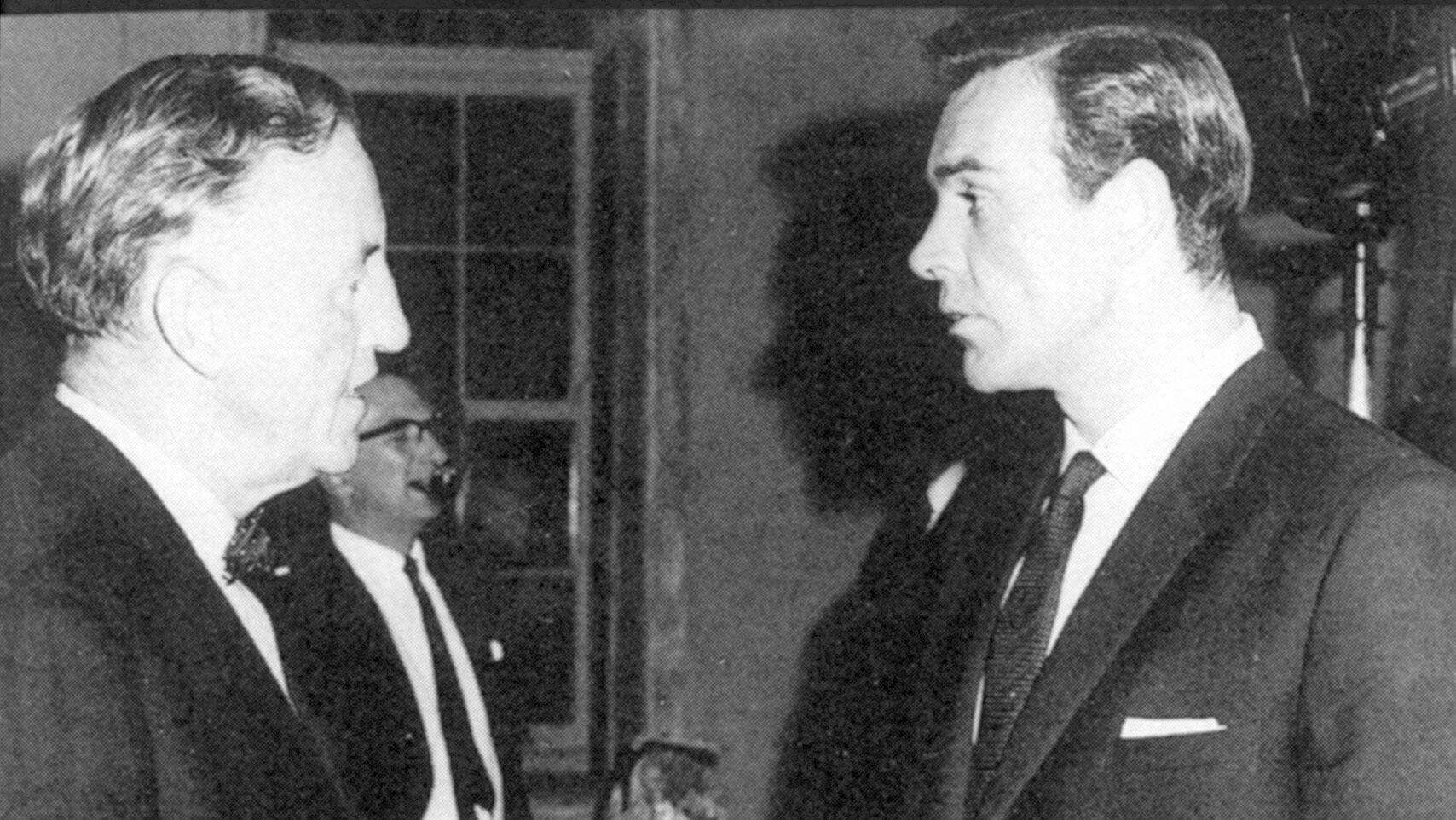
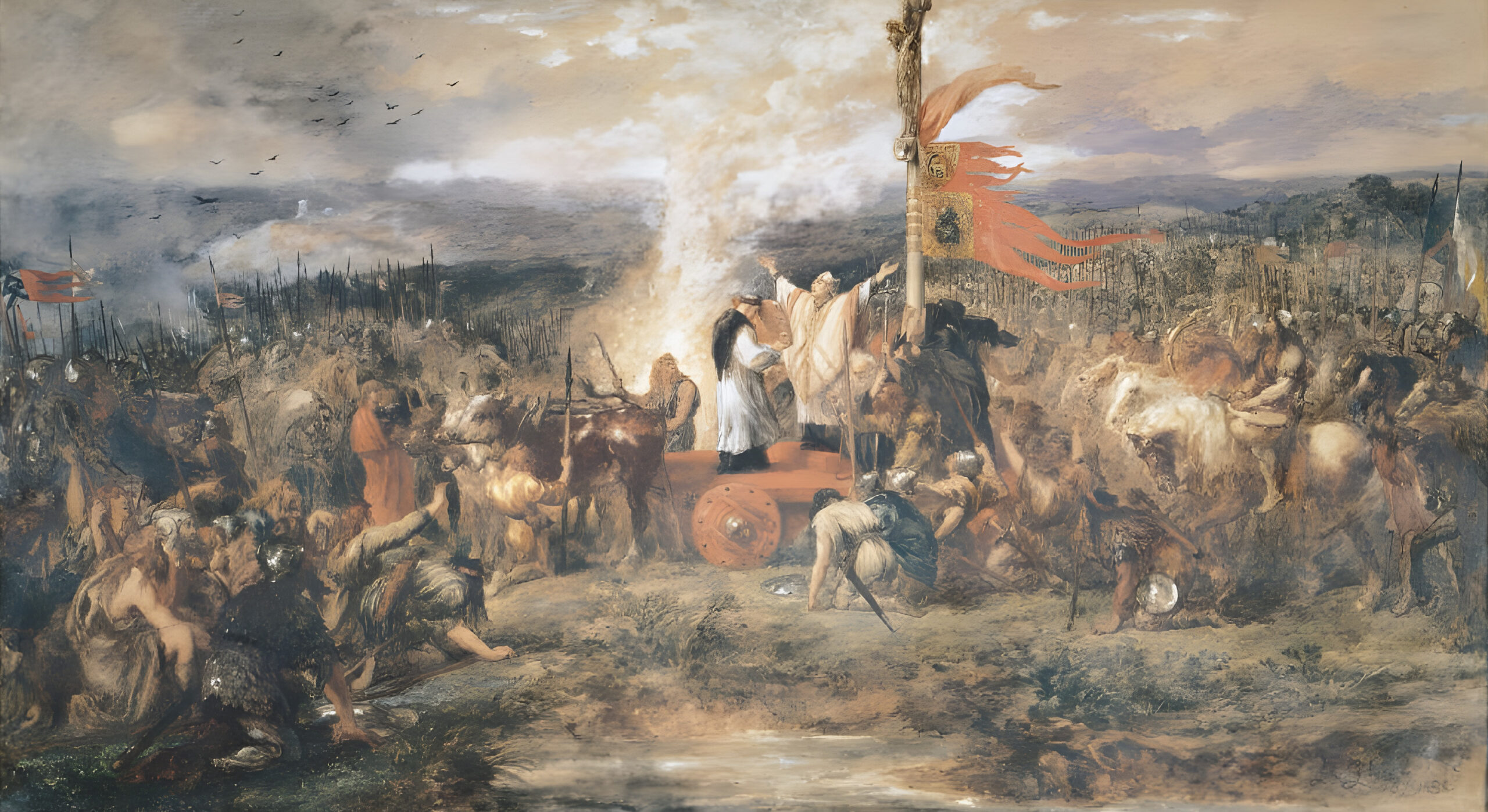
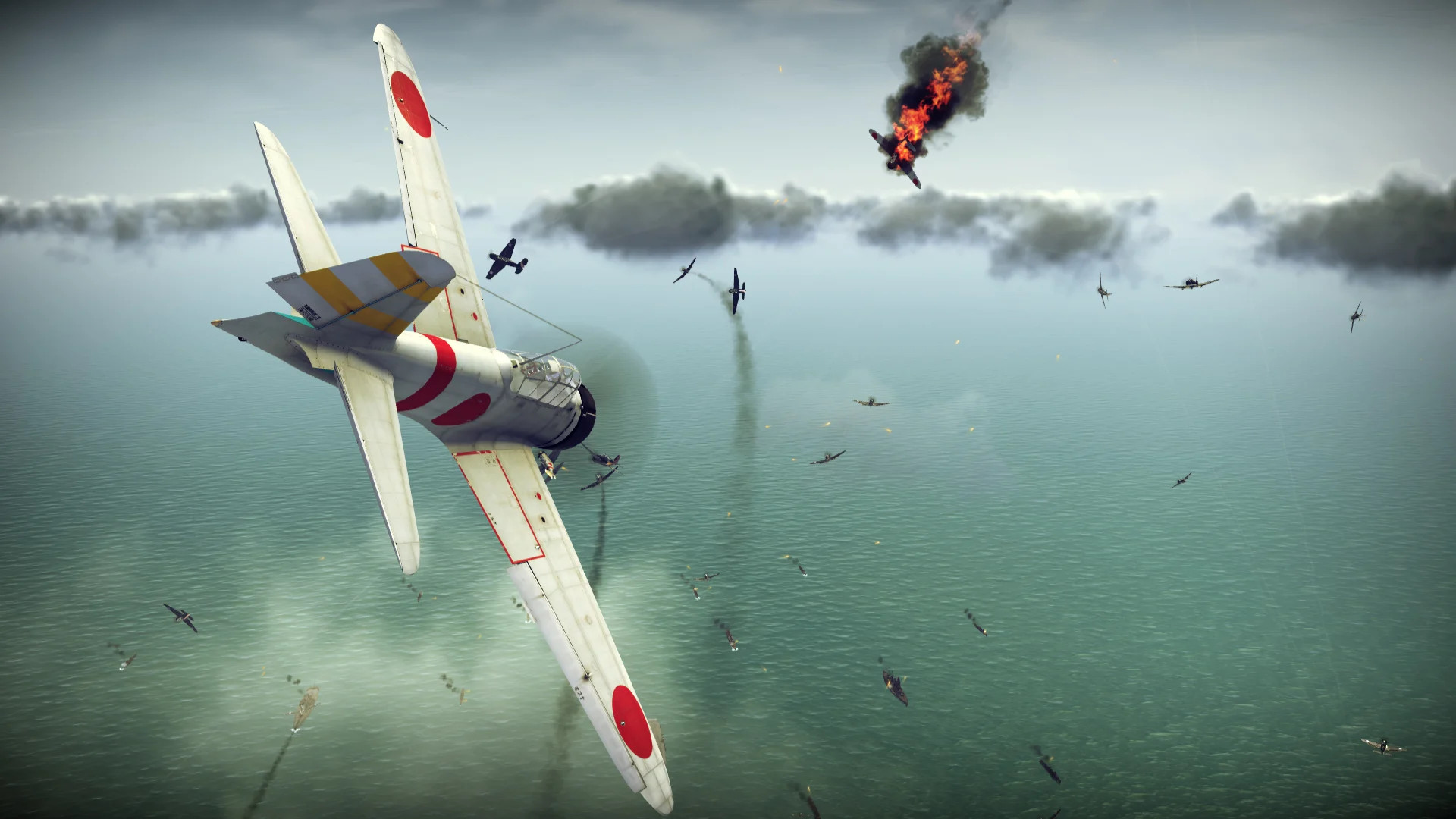
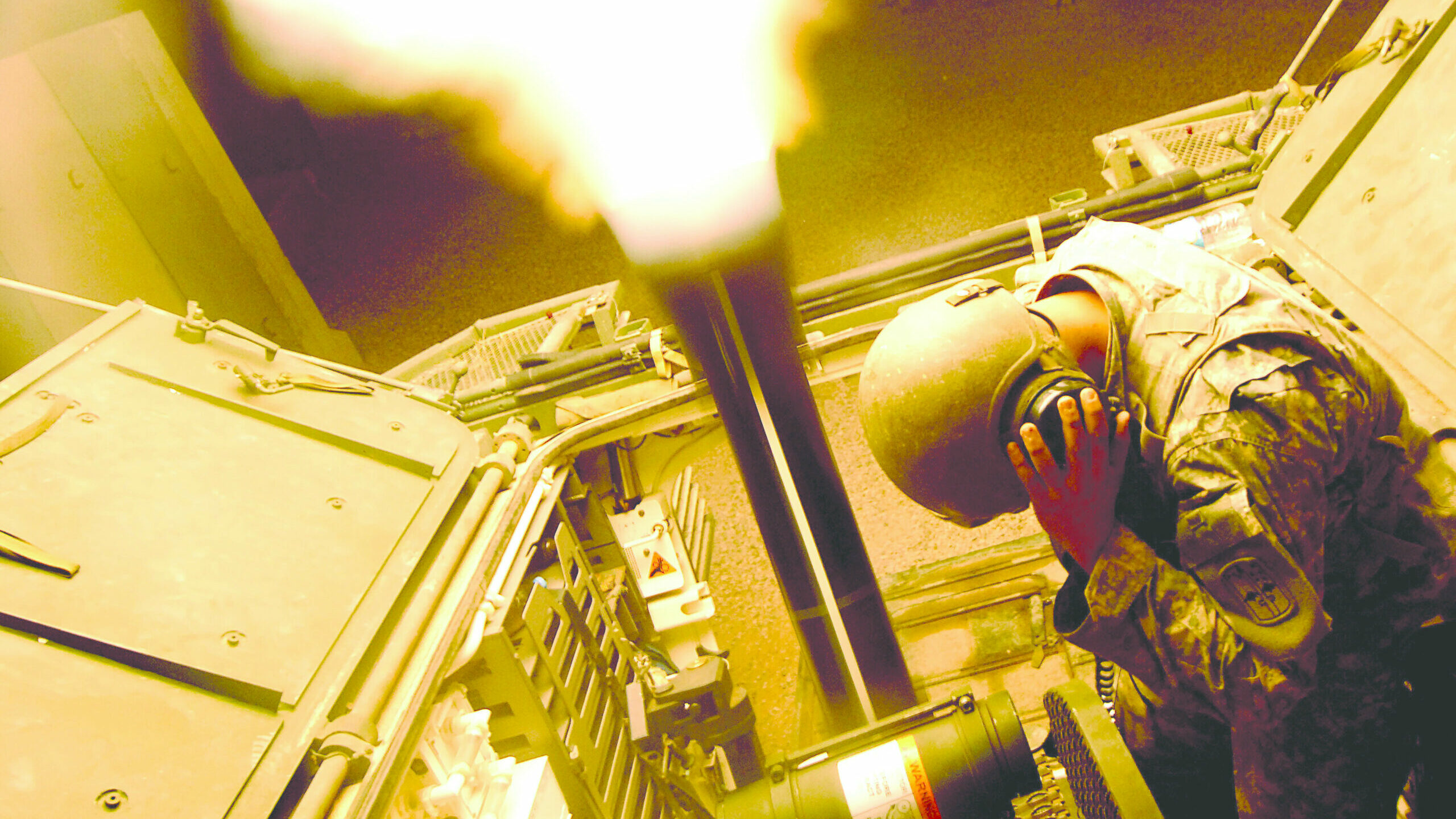
Join The Conversation
Comments
View All Comments